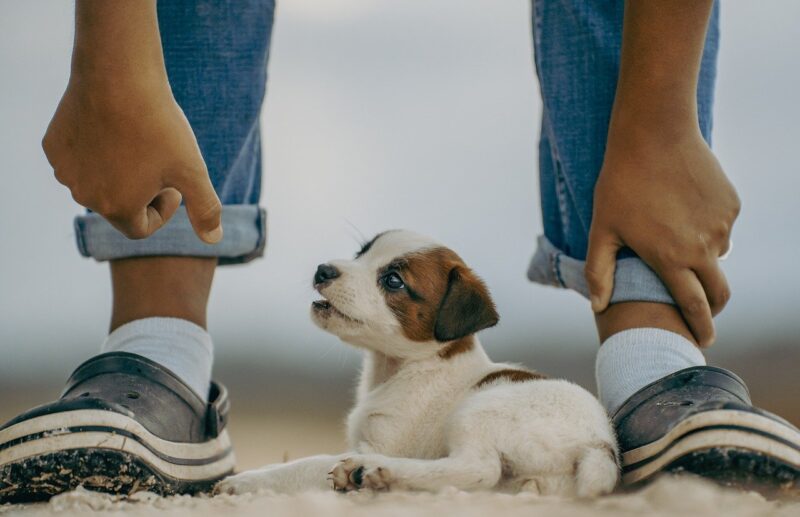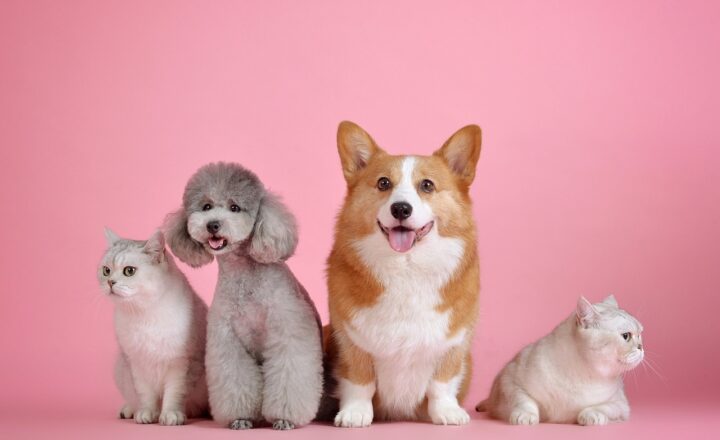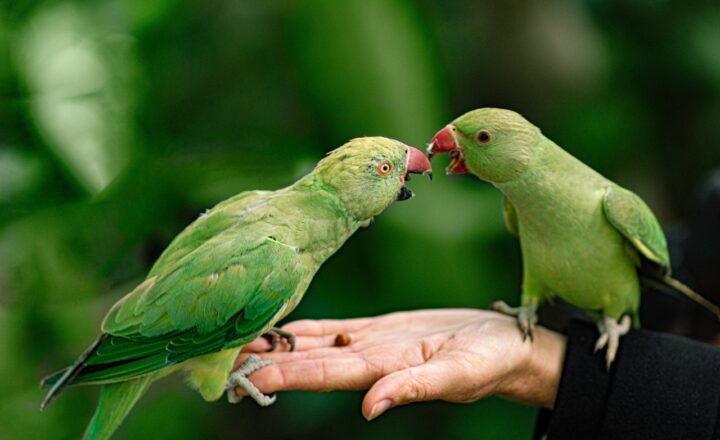A Guide to Socializing Your Pet: Building Positive Interactions with Other Animals
November 15, 2024

As pet owners, we often focus on the basics of care—feeding, grooming, and training. However, one critical aspect that often gets overlooked is socialization. Socializing your pet is crucial for their mental well-being and helps them develop positive interactions with other animals. In this guide, we will explore effective strategies for socializing your pet, the benefits of socialization, and tips for ensuring safe encounters with other animals.
Understanding Pet Socialization
Socialization refers to the process of exposing your pet to various environments, people, and animals so they can learn to respond appropriately in different situations. Proper socialization can lead to better behavior, increased confidence, and reduced anxiety for your pet.
Why is Socialization Important?
Socializing your pet has numerous benefits, including:
- Reducing Fear and Anxiety: Pets that are well-socialized tend to be less fearful and more adaptable to new situations.
- Improving Behavior: Regular interactions with other animals can prevent behavioral issues such as aggression or excessive barking.
- Encouraging Playfulness: Socialized pets are more likely to engage in healthy play with other animals, promoting physical activity and mental stimulation.
- Enhancing Bonding Experience: Positive interactions help strengthen the bond between you and your pet, as you explore new environments together.
Steps to Successfully Socialize Your Pet
Socializing your pet is a gradual process that requires time and patience. Here are steps to ensure positive socialization experiences:
1. Start Early
If you have a puppy or kitten, the earlier you begin socialization, the better. The critical socialization window for puppies is between 3 and 14 weeks of age. During this time, expose them to various stimuli, including other pets, people of different ages, and different environments. For adult pets, socialization still matters; just take it slow and use patience.
2. Positive Reinforcement
Use positive reinforcement techniques to encourage good behavior during social interactions. Bring treats or your pet’s favorite toy to reward them for calm behavior in the presence of other animals. Praise and affection can also help reinforce positive interactions.
3. Find Safe Environments
Choose safe, controlled environments for socialization. Dog parks, pet-friendly stores, and organized group classes can provide opportunities for social interaction. Ensure these settings are safe and not overwhelming for your pet.
4. Gradual Introduction to Other Animals
Introduce your pet to other animals gradually. Start with calm and friendly pets, and avoid overwhelming social situations. Observe their body language closely; if signs of fear or aggression appear, back off and try again later. Make each encounter a positive experience.
5. Supervised Interactions
Always supervise interactions with other animals until you are confident your pet will behave appropriately. Keep them on a leash if necessary and be ready to intervene if things get too intense.
6. Attend Training Classes
Consider enrolling your pet in socialization training classes or obedience training. These classes often provide structured environments for social interaction and can help reinforce good behavior. Plus, you’ll have the guidance of a professional trainer to address any issues that arise.
Signs of Successful Socialization
As you work on socializing your pet, look for these signs of successful interaction:
- Calm Behavior: Your pet should show relaxed body language when in the presence of other animals. Signs include a wagging tail (for dogs), relaxed ears, and open body posture.
- Engagement: Your pet may display interest in playing with other animals or approaching them without signs of fear or aggression.
- Curiosity: Instead of being fearful, your pet may sniff and investigate other animals, showing that they are comfortable and willing to engage.
Common Challenges and How to Overcome Them
Socializing can sometimes come with challenges. Common issues include fear, aggression, or lack of interest. Here’s how to address them:
1. Fearful Pets
If your pet is fearful, take it slow. Start with controlled environments where they can observe other animals from a distance. Gradually close the gap and reward them for positive behavior.
2. Aggressive Behavior
Aggression can be serious and may require professional help. Consult with a certified dog trainer or behaviorist to develop a customized plan for your pet.
3. Lack of Interest
If your pet shows little interest in interacting with other animals, it may simply be their personality. Use engaging toys or treats to encourage playfulness, and don’t force interactions.
Conclusion
Socializing your pet is an essential part of their development. By following these steps and being mindful of their needs and behaviors, you can help your companion thrive in the presence of other animals. Remember that socialization is a gradual process, and every positive interaction counts toward building a well-adjusted pet. Whether you have a puppy, kitten, or an adult pet, it’s never too late to start the socialization process. With consistency and positivity, your pet can develop into a social butterfly, enjoying harmonious relationships with other animals for years to come.







